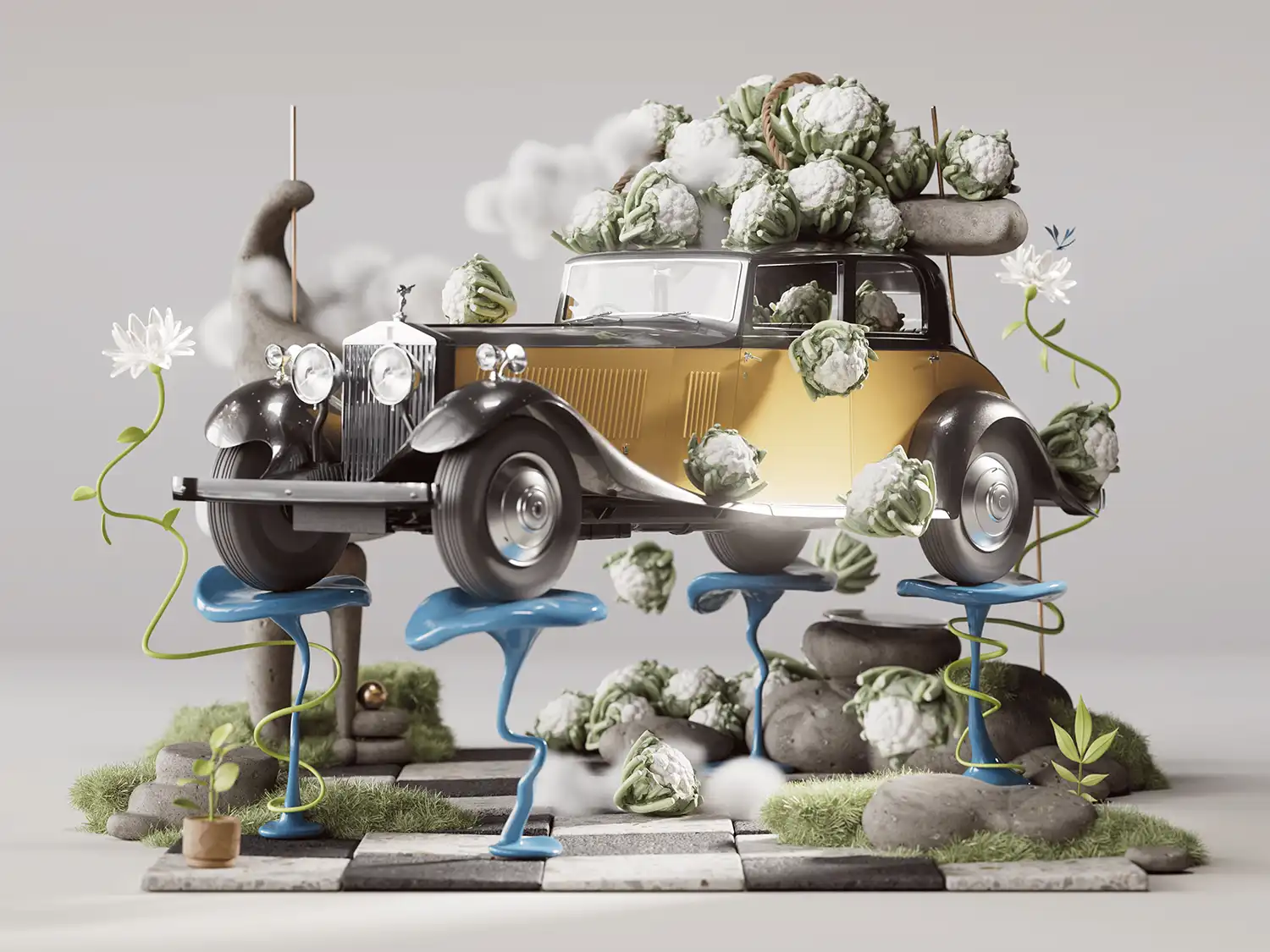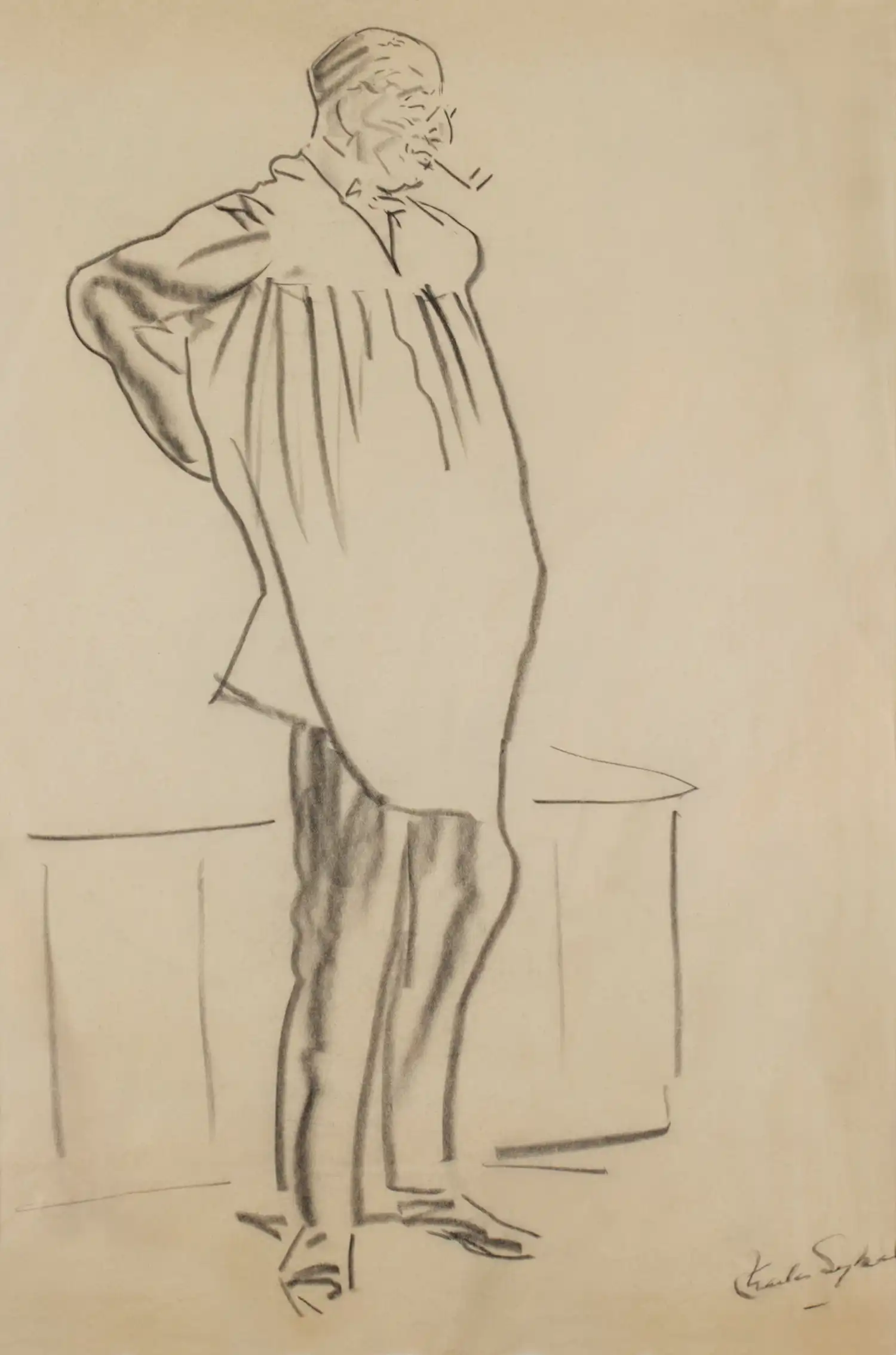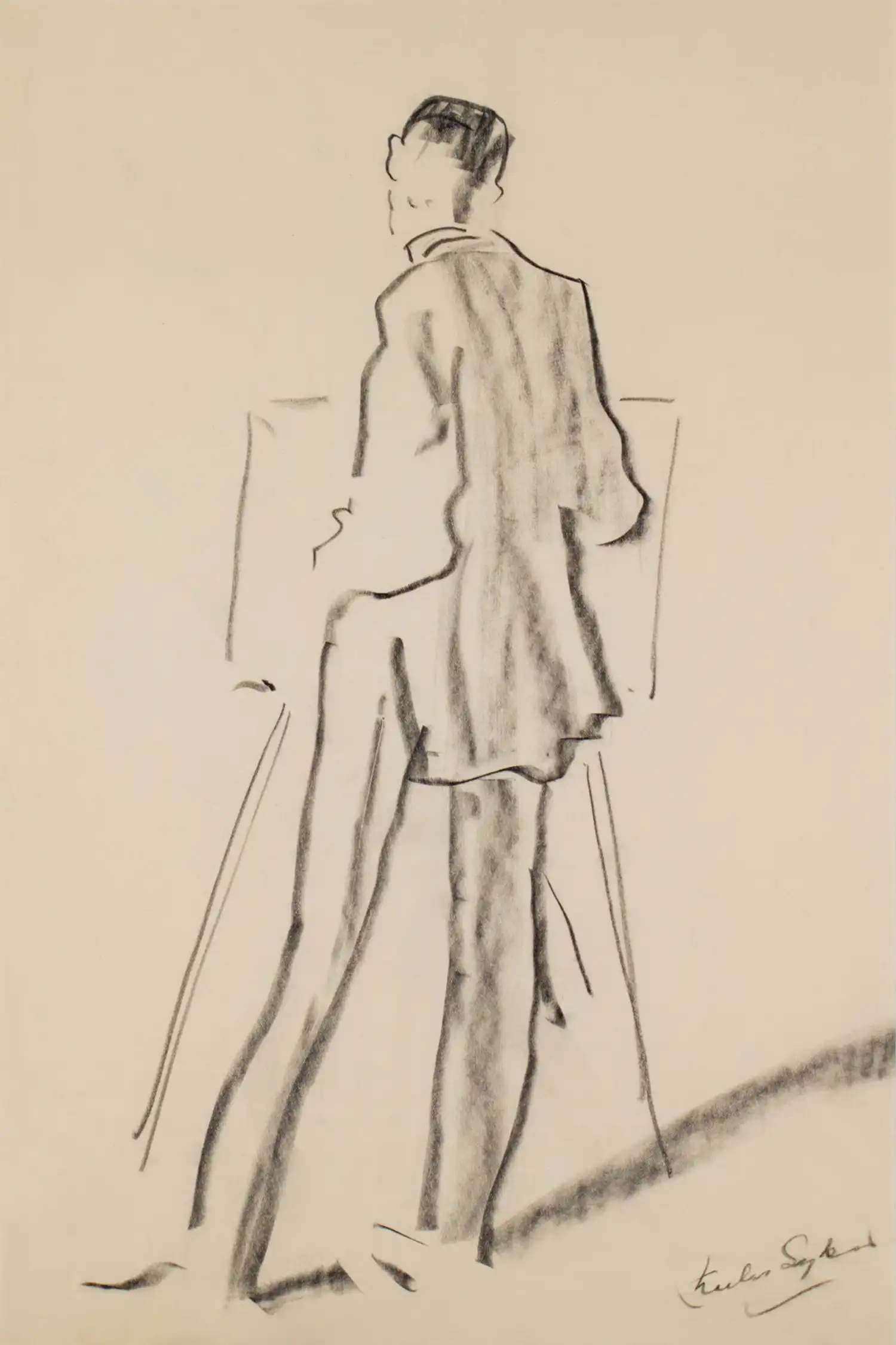
The Rolls-Royce Phantom at 100 marks more than just an automotive milestone. For a century, this legendary model has moved alongside the world’s most celebrated artists, collectors, and creative minds, becoming both a muse and a masterpiece. Its story is not only about engineering excellence but also about its place in the heart of the art world.
An enduring bond with the art world
From its debut in 1925, the Phantom found itself in the company of visionaries. Owners included Salvador Dalí, Andy Warhol, and other cultural icons who saw the car as an extension of their identity. Collectors such as Peggy Guggenheim and Nelson Rockefeller also embraced its elegance, making it a symbol of taste and individuality.
Salvador Dalí and the surreal Phantom moments
In 1955, Salvador Dalí transformed a Phantom into an unforgettable piece of performance art. Filling it with half a ton of cauliflowers, he drove through Paris before delivering a lecture at the Sorbonne. This whimsical act captured the surrealist’s flair for blending the absurd with the luxurious, forever linking his name to Phantom’s history. Dalí also immortalised the car in a 1934 illustration, depicting it stranded in an icy dreamscape.

Andy Warhol and his timeless connection
Dalí’s artistic successor, Andy Warhol, also had a personal relationship with the Phantom. In 1972, he acquired a 1937 model converted into a shooting brake, owning it for several years. Warhol’s connection to the car reflected the pop art ethos , transforming the everyday into cultural treasure.
The Spirit of Ecstasy: art in motion
Since 1911, every Rolls-Royce, including the Phantom, has worn the Spirit of Ecstasy mascot, created by sculptor Charles Sykes. Inspired by classical art and the elegance of motion, Sykes’ work became a defining feature of the brand’s identity. Each early mascot was hand-finished, making every Phantom’s emblem a unique piece of art.

Phantom as canvas and catalyst
Over eight generations, Phantom has been displayed in galleries, from the Saatchi in London to the Smithsonian in New York. For artists, it has served as both a literal canvas and a symbol , a moving sculpture that embodies craftsmanship, heritage, and self-expression.
Summary
The Rolls-Royce Phantom’s 100-year journey shows how a luxury automobile can transcend transportation to become a cultural icon. Its influence in art and its relationships with history’s most creative minds ensure that the Phantom remains as relevant and inspiring today as it was in 1925.
Disclaimer: Details provided reflect historical accounts and brand heritage and are for informational purposes only.
Source: Rolls-Royce

